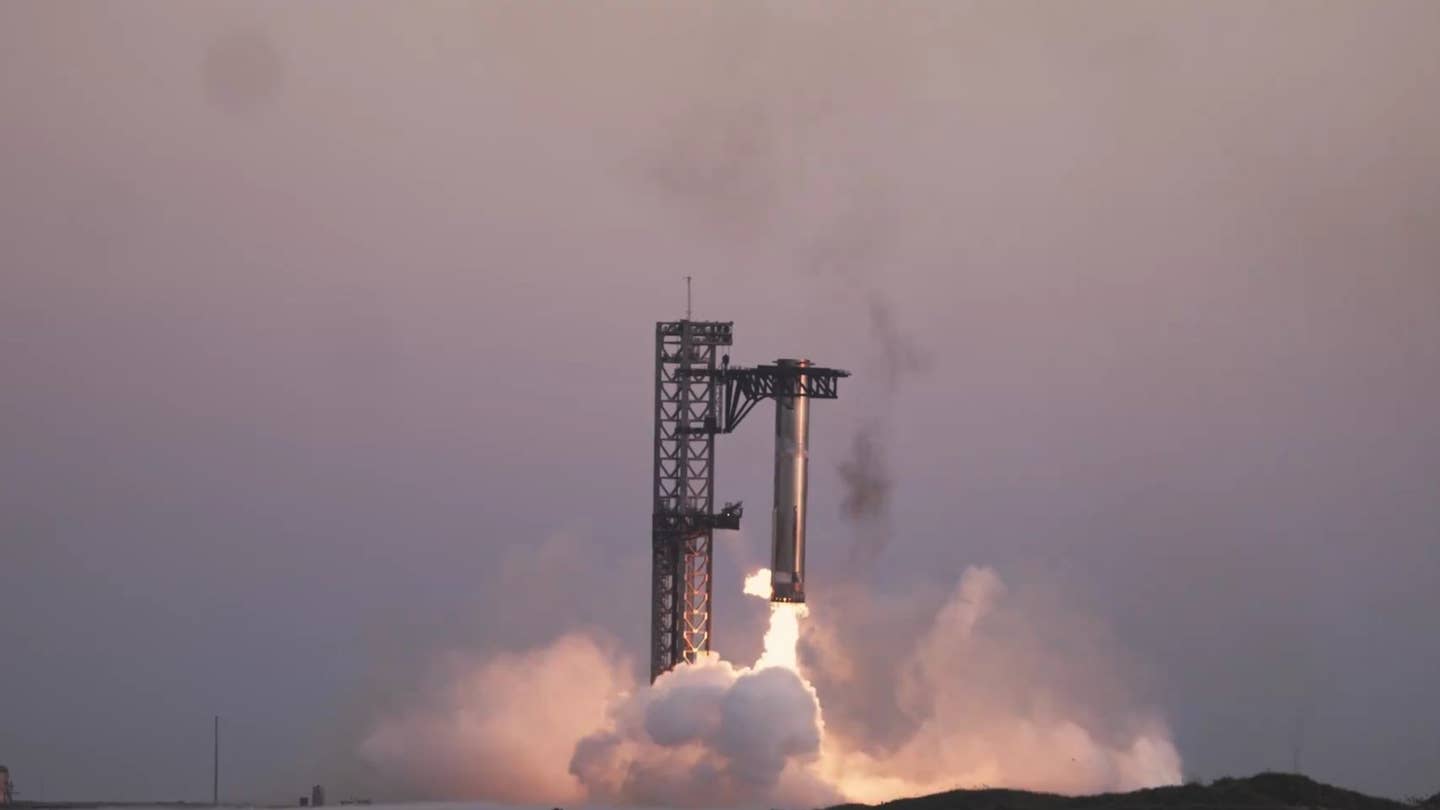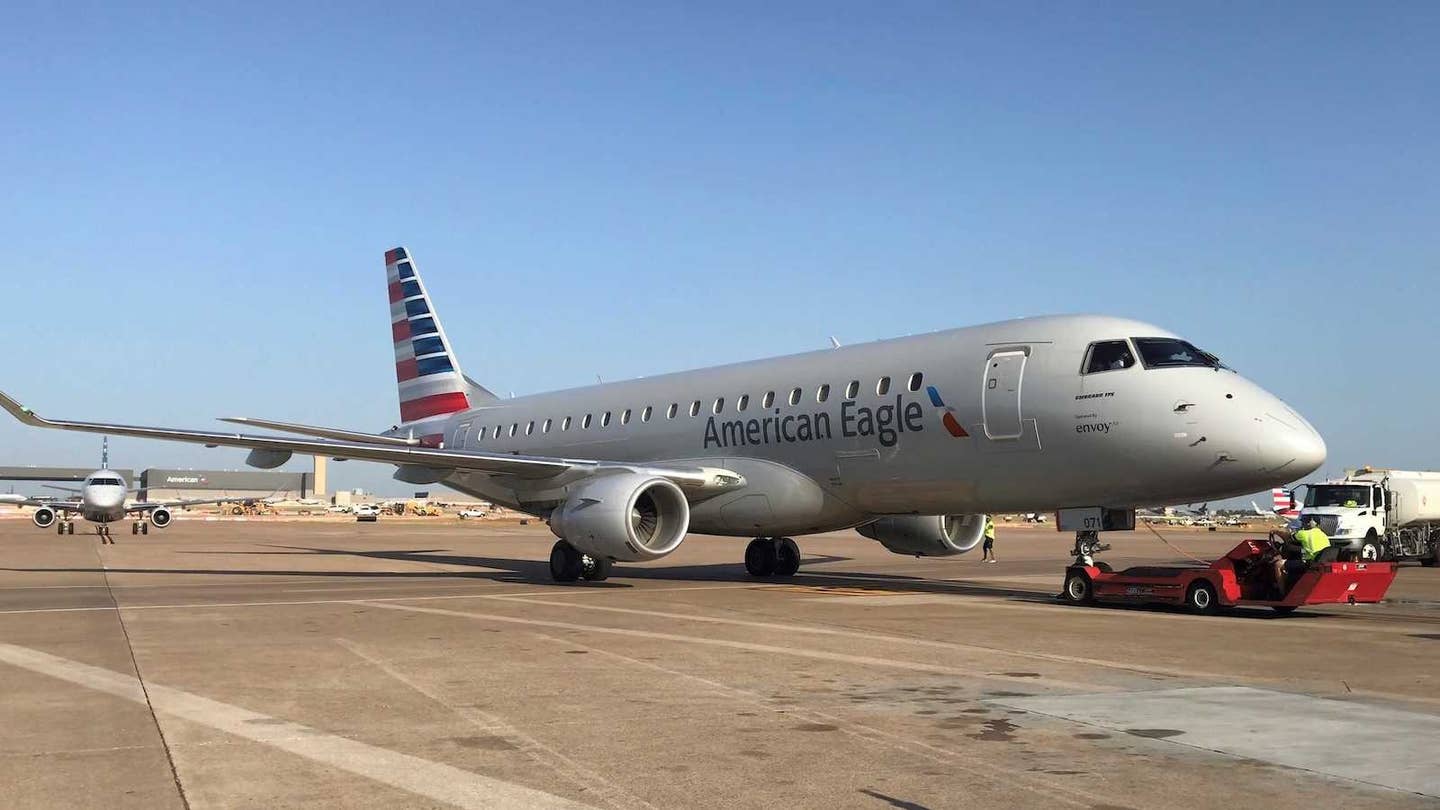
The United States military is continuing its quest for a greener aircraft fleet and the Navy has now completed the first biofuel flight in an unmanned helicopter – an MQ-8B Fire Scout. Powered by a blend of JP-5 aviation fuel and a plant-based fuel, the helicopter took off from the Naval Air Station Patuxent River’s Webster Field in St. Inigoes, Maryland, controlled by the Navy’s Unmanned Aircraft Systems Test Directorate.
The Naval Air Systems Command Public Affairs office claims the biofuel blend “reduces carbon dioxide output by 75 percent compared to conventional aviation fuel.” Rear Adm. Bill Shannon, program executive officer for Unmanned Aviation and Strike Weapons said, “I am very pleased we can add MQ-8B to the list of successful bioflights completed at Pax River this year, bringing us one step closer to achieving the Navy’s energy goals.”
One such goal is the Navy’s Great Green Fleet initiative to power its whole fleet of aircraft, ships and submarines with biofuels by 2016. Seven types of Naval aircraft, including the Blue Angels’ F/A-18s, have been tested so far.
The plant-based portion of the fuel blend used in the Fire Scout flight is from the camelina plant, a member of the mustard family that has also been used as massage oil, cooking oil and lamp fuel. Camelina-based biofuel has also been successfully tested in business jets and the commercial airlines.

Sign-up for newsletters & special offers!
Get the latest FLYING stories & special offers delivered directly to your inbox






